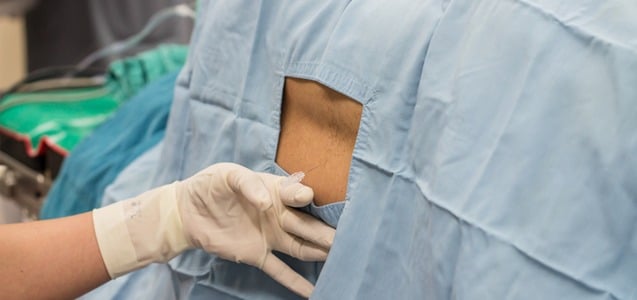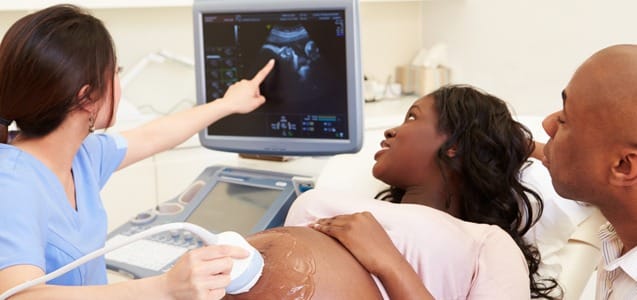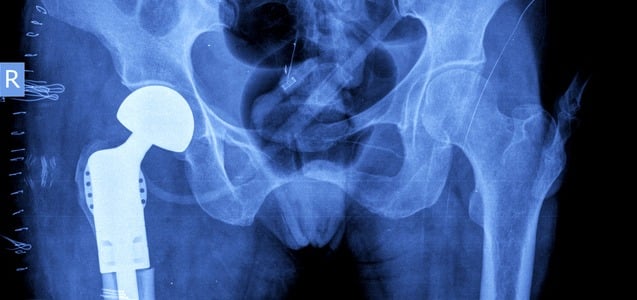While general anesthesia is used for many surgical procedures, and local anesthetics are usually given by injection into a very specific part of the body that needs to be numbed, an injection of numbing medication into a patient’s back allows a whole region of the lower body to be pain-free without putting the patient to sleep during some abdominal surgeries, leg and feet surgeries or other lower body procedures, such as urinary tract procedures. Spinal block is also the preferred method of controlling pain during labor and delivery.
Spinal anesthesia is performed by an anesthesiologist (a doctor who specializes in administering all types of anesthesia to patients) who injects the medication just outside or just inside the membrane surrounding the spinal cord. If the numbing medication is injected just outside of the membrane that holds the spinal fluid, it is known as an epidural injection. If the anesthetic is injected directly into the spinal fluid it is known as a spinal injection. Epidural injection is placed using a small, soft tube (catheter) and can be injected into the patient’s back at either the upper (cervical), middle (thoracic) or lower (lumbar) region. Spinal injection uses a needle to enter the spinal fluid and can only be inserted in the lower (lumbar) spine to avoid puncturing the spinal cord with the sharp needle.
Epidural and spinal anesthesia work fast to numb the abdomen, legs and feet by blocking nerve signals. A patient will begin to feel the effects of an epidural or spinal injection within just a few minutes and will typically experience complete lower body numbness, and no pain, within twenty minutes.
Handled properly, epidural and spinal blocks offer anesthesia quickly and efficiently. However, if the injection is given in the wrong place (wrong site) or if too much medication is injected (an overdose) respiratory and cardiac arrest can occur. For example, if the anesthesia spreads above or below the intended spinal level, it can block nerves responsible for signaling the heart to beat and cause a dangerous slowing of the heartbeat (arrhythmia or bradycardia), a severe drop in blood pressure (hypotension) or a cardiac arrest. Similarly, if the medication is incorrectly injected into a blood vessel it enters the bloodstream, travels throughout the body (systemic toxicity) and can interfere with the patient’s heart rate, breathing and blood pressure. This may cause heart damage, a brain injury or even death, by significantly affect the following:
- Heart
- Breathing
- Brain function
Because of the risks of life-threatening complications during epidural and spinal anesthesia, equipment for emergency care (such as a defibrillator and injections of vasopressor medications) must be readily available and the attending healthcare providers must be prepared to immediately recognize and treat these complications. If you have been injured as a result of an epidural or spinal block the attorneys at Yost Legal Group are ready to investigate your claim with compassion and determination.
Call The Yost Legal Group today at 1-800-YOST-LAW (967-8529) for a FREE, confidential, no-obligation consultation.
At The Yost Legal Group, you will never pay an attorney’s fee unless we achieve a recovery for you. We don’t get paid until you do.








